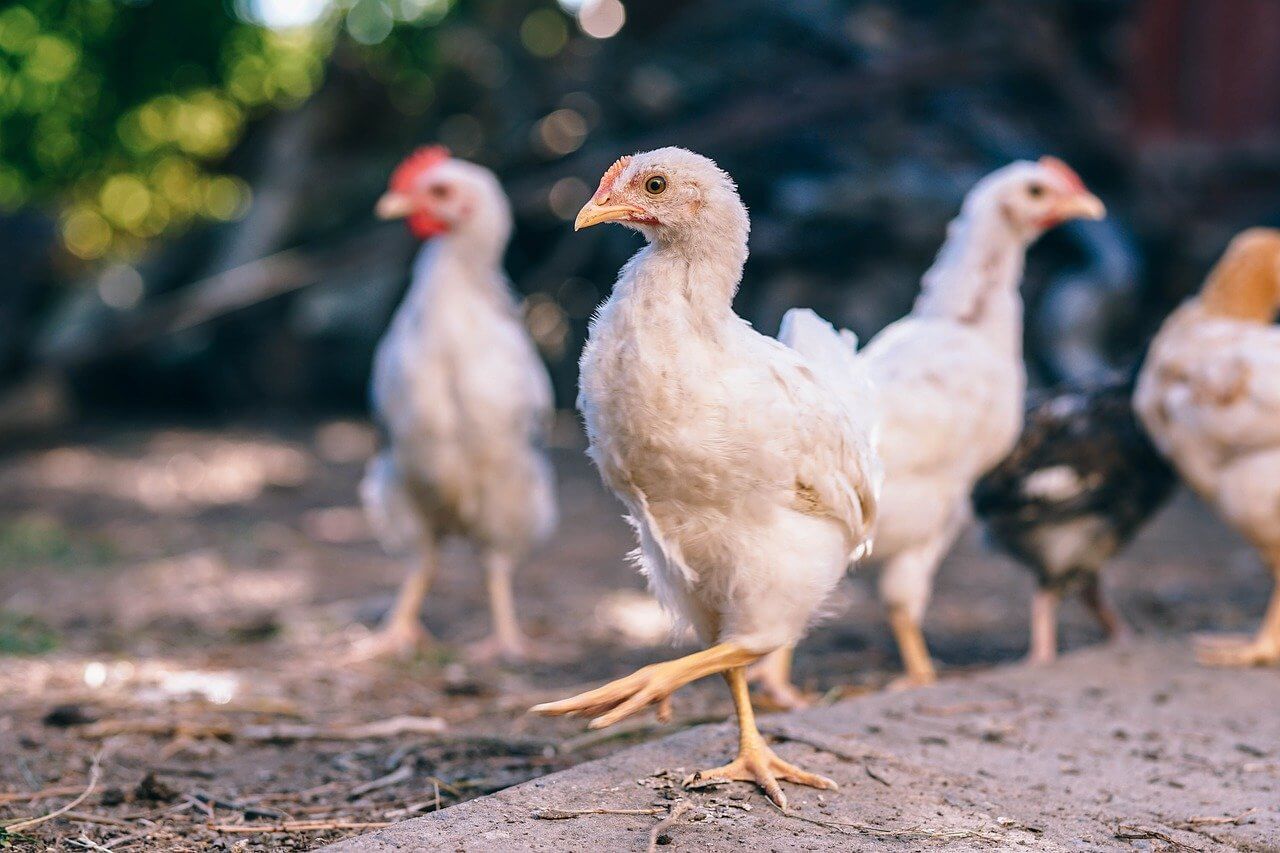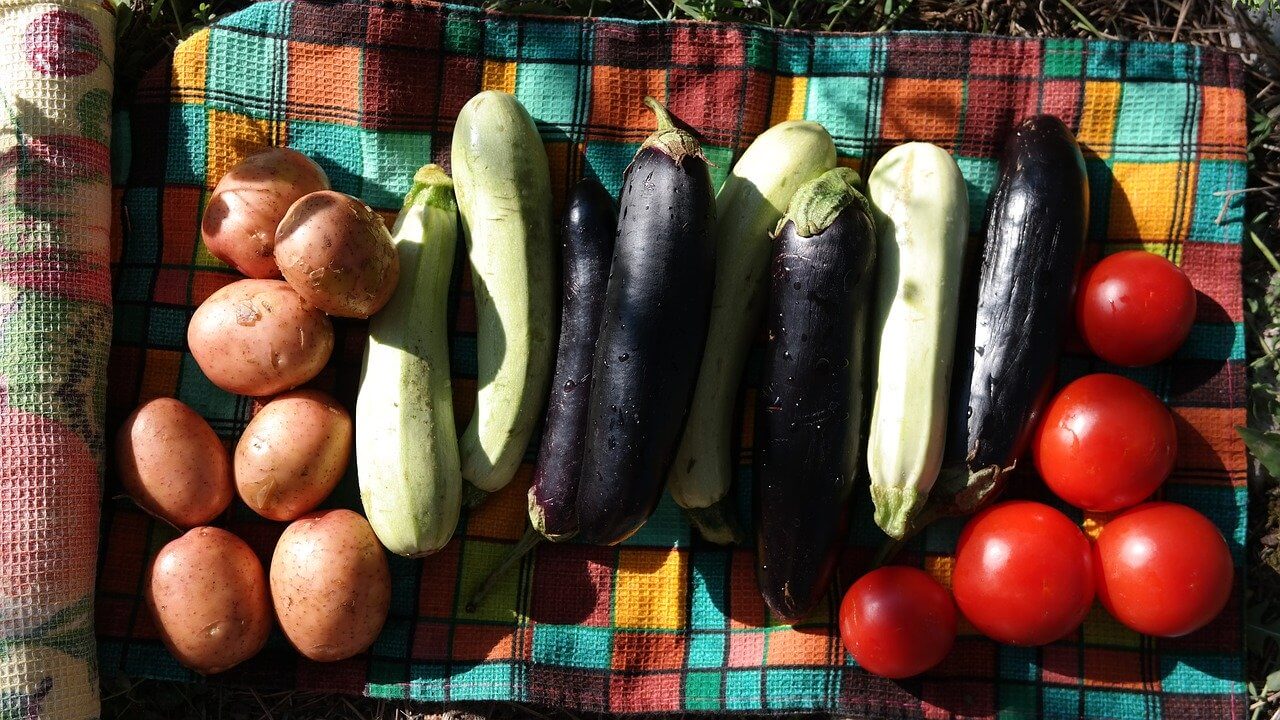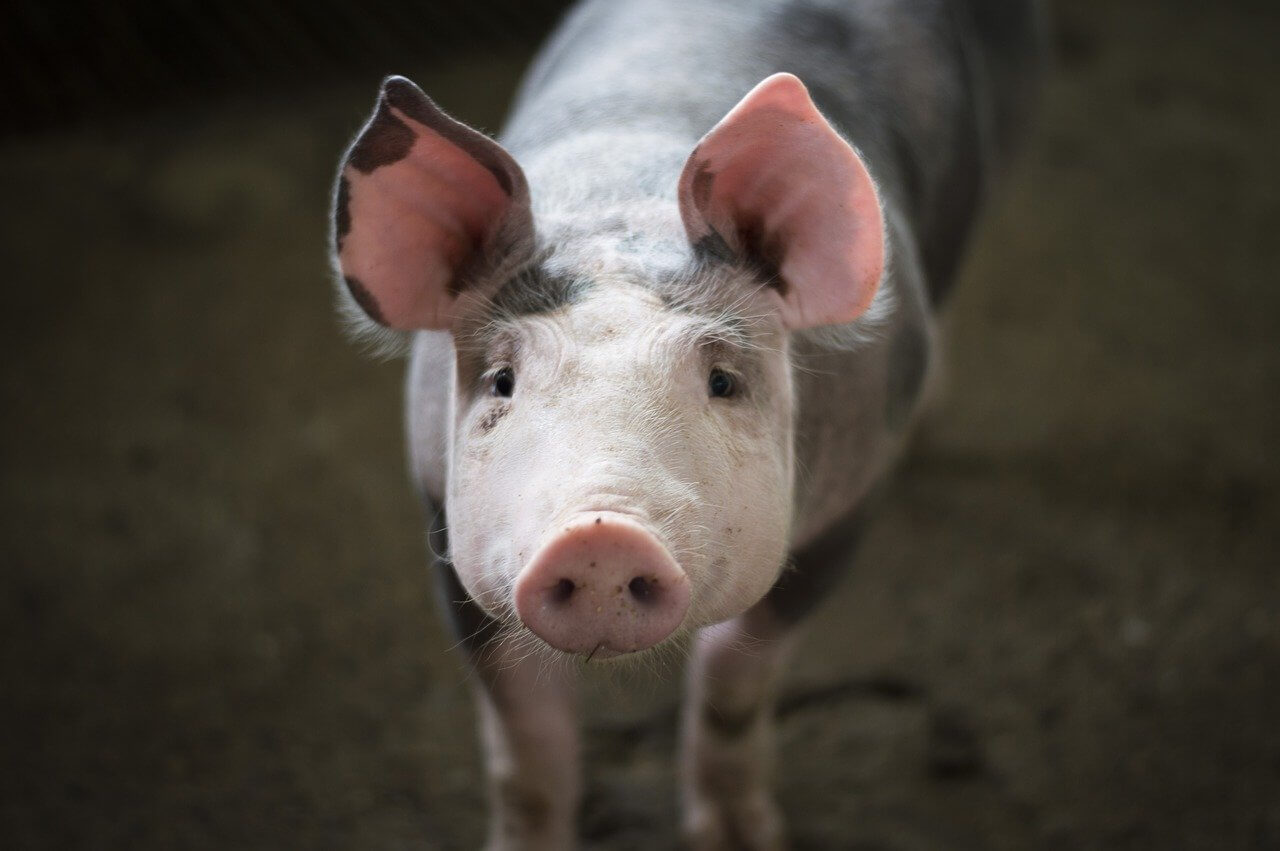To eat or not to eat meat … that is the question
What does veganism have to do with world hunger? A lot, as it turns out. According to the statistic of the organisation Action Against Hunger, we produce way more than enough food to feed the global population, and yet every year over 820 million go hungry. After a decade of systematically falling, the issue of world hunger started rising, affecting 11% of population. It is estimated that in 2014 775 mln people were underfed, but this number rose to 820 mln in 2018.
Hunger is closely correlated with poverty. People living in poverty often live in dangerous conditions, have little to no access to good quality water, sanitary utilities and hygiene and inadequate access to education and healthcare – all of which contribute to hunger. At the same time, in the developed countries 1,3 billion tons of food is wasted every year. Some of this food is thrown away by consuments, but a vast majority is wasted by manufacturers and supermarkets.
Quit with meat?
It’s no secret that production of meat is way more expensive than vegetable farming. Here are a few statistics correlated with meat production:
- To produce 1 kg (approx 2.2 lbs) of meat you need 12 kg (approx. 26 lbs) of grain and soy;
- To get 1 kg of grain you need 190 liters (over 50 gallons) of water;
- To produce 1 kg of meat you need, on average, 20 000 liters (5283 gallons!) of water (producing 1 kg of beef uses up to 50 000 liters!);
- The amount of potatoes you can grow on 1 acre (0,405 ha²) is 18 000 kg (39683 lb);
- The amount of beef that can be produced on 1 acre is just 112 kg (246lb).
Producing meat, even if we consider automated industry, which is geared towards maximal gain, is objectively less efficient than producing any other types of food. Which means that by producing meat we are wasting way more natural resources, money, and energy.

Alright, what should we do then? Resign from meat completely? But that’s unhealthy… right?
Not necessarily. Formerly the research of vegetarianism was concentrated on potential deficiencies, but in recent years this trend was turned around and the studies often confirm the health benefits of a meatless diet. Currently plant-based diet is considered as not only sufficient nutritionally, but also as a way to reduce the risk of many chronic diseases. According to American Dietetic Association “appropriately planned vegetarian diets, including total vegetarian or vegan diets, are healthful, nutritionally adequate, and may provide health benefits in the prevention and treatment of certain diseases”.
“Appropriately planned” is a very important phrase. If you don’t follow the recommended guidelines concerning eating, fat intake and monitoring your body mass, becoming vegetarian might not be good for you. After all, a diet consisting of Cola, cheese pizza and sweets is theoretically “vegetarian”. It’s important for your health to eat a lot of fruit, vegetables, and whole-grain products. It’s also important to swap saturated and trans fats with good fats, like the ones in nuts, olive oil and canola oil. Moreover, remember that if you consume too many calories, even if they come from low-fat plant products, you’ll gain weight. That’s why it’s also important to also watch your portion sizes, read the labels, and exercise regularly.
You can get many of the health benefits that come with being vegetarian by not quitting the meat completely, but… reducing the amount you eat. For example, mediterranean cuisine – which is know to make your life longer and lower the risk of many diseases – puts emphasis on plant-based food while using meat very sparingly. Even if you don’t want to go fully vegetarian, you can steer your diet that way by a few simple substitutes, like plant proteins – beans or tofu, for example – or fish a few times a week.
Let go of meat… just like that!
How to go vegetarian in a few easy steps? It can be easier than you thought.
- Commit to eating less meat. One thing is certain: there will be moments, when you new diet will be inconvenient. Parties, travels, evening with friends, going out. If you want to go through that without a hitch, you better commit.
- Start with the little things. For me, the scariest part of going vegetarian was the thought that “I’ll never eat x thing again”. But it doesn’t have to be like that. Start avoiding a certain food product for 10 days without cheating. You could do anything for 10 days, right? That way it’ll be easier for you to keep the diet.
- Completely remove meat products from your diet. Sometimes a quitting cold turkey is exactly what you need to quit old habits.
- Plan your meals. A wise man once said: “If you do not plan, you plan to fail”. You have to find recipes and plan meals so that they can be meat-less. Bookstores are full of vegetarian and vegan cookbooks. Check out vegetarian websites.
- Change your thinking. Many people view vegetarianism as resigning from the meals they love. They rarely think about all the new meals they’ll discover. Without meat as the default option, cooking becomes a (healthy) challenge. Eating out is similar. You’re forced to discover the cuisines of cultures, which have been eating very little meat for centuries. Indian, Thai and Chinese menus usually have a lot of vegetarian options, and cooking at home becomes an adventure.
- Monitor your progress and celebrate it. It’s nice to look back and see how far you’ve come.

The effects of quitting meat for me and for the world.
From recycling our trash to cycling to work – we all know how to make our lives more eco. One of the most effective ways a person can reduce their carbon footprint is to avoid any animal products.
As I mentioned before, production of meat and other animal products is a big burden on the environment – from farming and water required to feed the animals to transport and other processing. The great amount of grain feed required to produce meat contributes greatly to deforestation, destruction of habitats and dying of animal species. In Brasil alone the equivalent of 5,6 million acres of land is used to produce soy for European animals. This land contributes to undernutrition, forcing poorer populations to farm animal feed instead of food for themselves. On the other hand, to maintain a vegetarian diet, a lot less crops and water is needed, thanks to which going vegetarian is one of the surest ways to reduce our burden on the environment.
Plant-based living is also a more balanced way to feed for a human family. Plant diet requires only ⅓ of the land needed to support meat and milk diet. Along with the global reducing of the food and water safety due to the countless environmental problems, there was never a better moment to opt for a more balanced lifestyle.
Avoiding animal products is not only one of the easiest ways to reduce your carbon footprint, it’s also the simplest way to oppose the ineffective food system that disproportionately affects the poorest part of the populace from all over the world.





